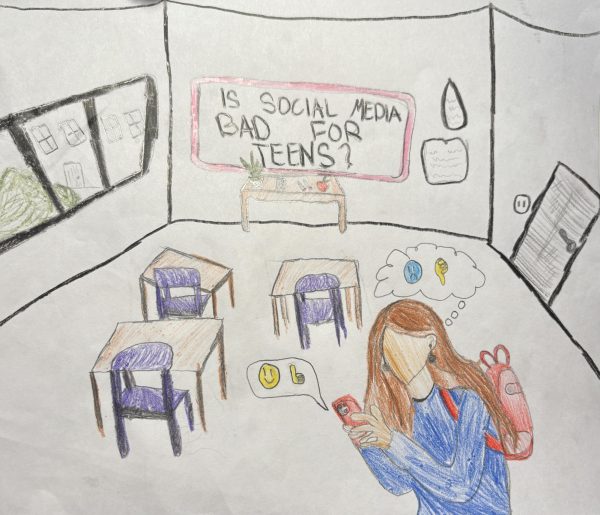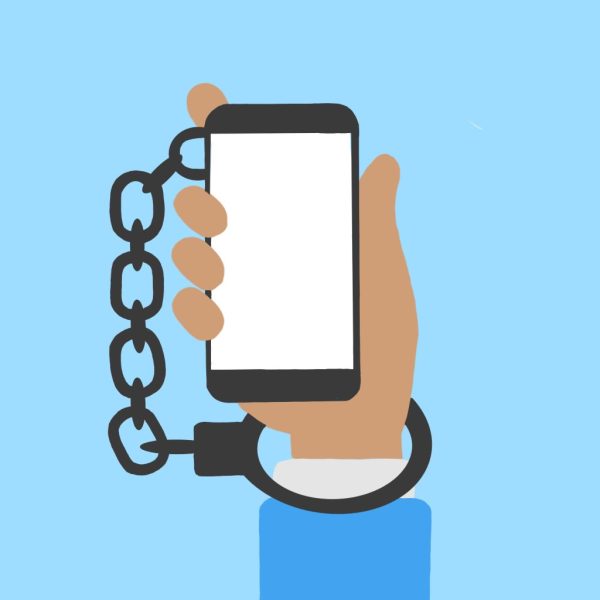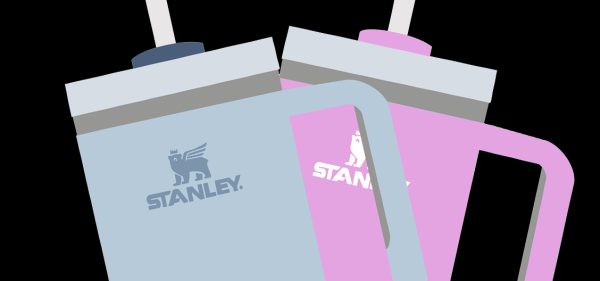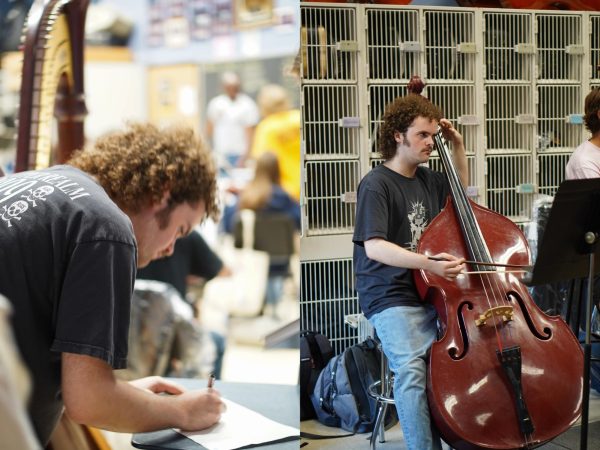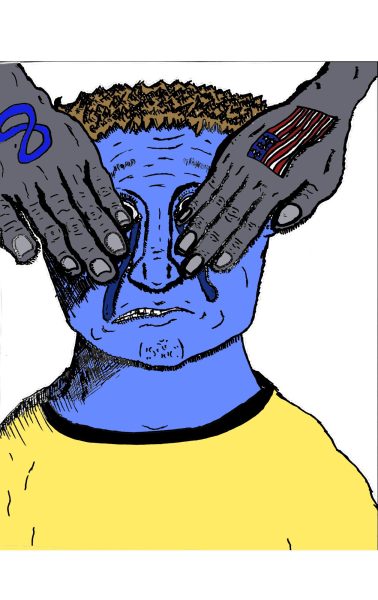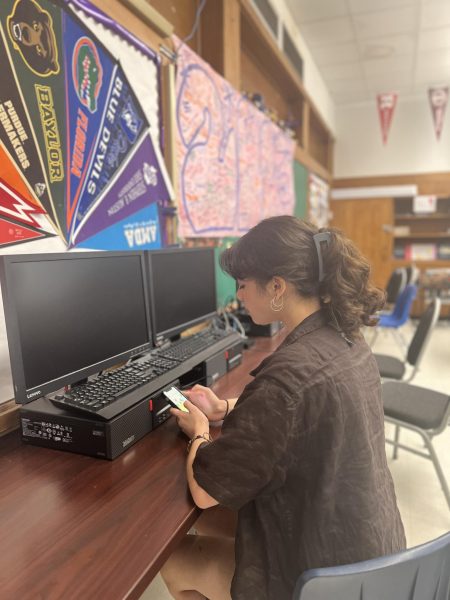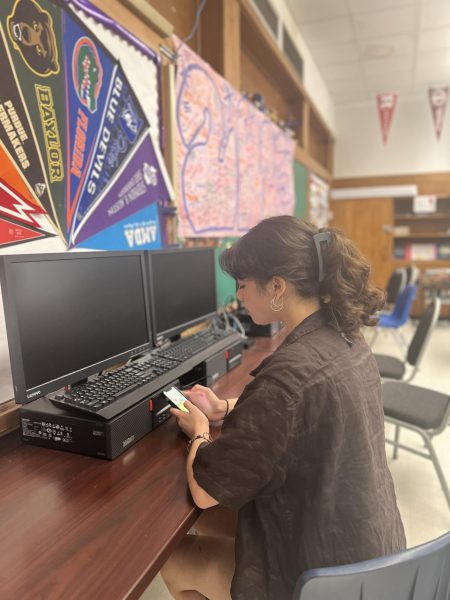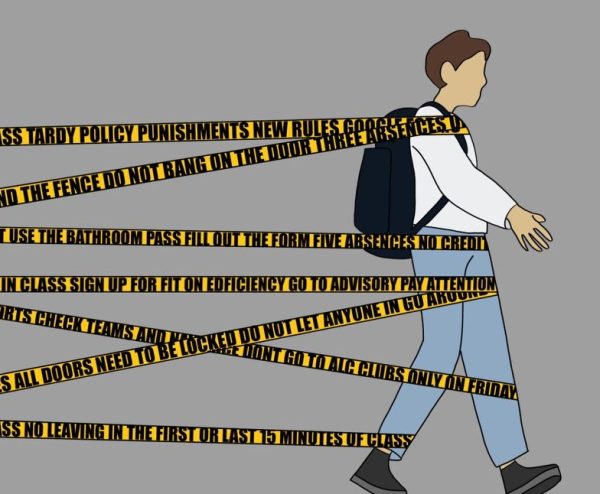Context is everything
Out of context, once innocent commonly used hand gesture can now have serious consequences
A search on Wikipedia reveals that the “OK symbol” has multiple other ascribed meanings. It is the ambiguity of the symbol that has prompted groups like the Antidefamation League to urge people to use caution when evaluating the symbol.
March 9, 2020
The commonly used “OK” hand symbol can be defined as many things, depending on who you ask. It is used to check one’s scuba gear after entering the water and in yoga to symbolize inner perfection. In basketball, the “OK” symbol is used by referees to signal that a shot attempt has been released beyond the three-point arc and is worth three points if it goes in.
It was clear at the meeting on Jan. 31 that people were upset not just about the banner decision but about how the decision was made.
When the basketball teams took their team pictures, two players, one on the boys team and one on the girls team, chose to hold up the sign in order to celebrate their ability to make long-range shots worth three points. The boys banner had been up for some time before the girls banner was installed, and the when it was, the issue of the hand gesture and its contested meaning became a controversy.
This matter is a difficult one to come to terms with for three reasons.
The first and most obvious one is that the students who made the hand gesture clearly did not mean to convey anything other than to celebrate their ability to make 3-point shots on the basketball court.
The second is that the recent history of the hand gesture is very problematic. The hand sign has been used over the last three years to symbolize the letters “W” and “P” for white power, first in a successful social media hoax and then just as an expression of straight-up hatred.
The third issue is that there were communication breakdowns throughout this controversy. An original concern was raised, and the girls banner went up before that concern was addressed. Complaints were raised when the district considered taking the banners down, and they were not adequately answered.
It was clear at the meeting on Jan. 31 that people were upset not just about the banner decision but about how the decision was made. The district basically apologized for the communication gaps and for not having a clear policy in place for approving team banners and promotional banners before they are approved and installed. The promised new district policy will undoubtedly prevent another public controversy over promotional posters in the future.
Because of the traditional meaning of the “okay” hand gesture, as well as other usages unrelated to white supremacy, particular care must be taken not to jump to conclusions about the intent behind someone who has used the gesture.
— Anti-Defamation League
And that’s a good thing.
The larger question of whether the hand gesture should be permitted in a promotional banner would have been much less contentious if such a policy had been in place.
Those that argue in favor of the removal of the banner have just reasoning. The “OK” hand symbol, when taken out of context, can have a sinister and seriously offensive meaning. The New York Times identified it’s origins as a hate symbol to a 2017 campaign started by a few 4-Chan users to trick people into believing that the “OK” symbol was now a white supremacy symbol. The campaign worked, and was furthered as white supremacists adopted the symbol to their meaning and usage.
The symbol has long had meanings not related to white supremacy. Besides it’s far-reaching use in basketball, the hand gesture has also been used simply to convey that everything is OK.
The Anti-Defamation League has urged that people use caution when evaluating what the symbol is meant to convey.
“Because of the traditional meaning of the “okay” hand gesture, as well as other usages unrelated to white supremacy,” the ADL writes on its website, “particular care must be taken not to jump to conclusions about the intent behind someone who has used the gesture.”
Since the gesture conveyed a clear basketball message in a basketball context, the symbol’s usage in the posters should be seen as a basketball symbol, not a hate symbol.
Even if someone walked into the gym and saw the symbol without knowing what its usage meant, they could assume the symbol conveyed a basketball meaning.
Those who have argued in favor of replacing the banners with gesture-free alternatives are fueled by concerns that the symbol could be misunderstood as a symbol promoting hate, and reflect negatively on the individuals who used them.
The best way to go forward as a community is to listen to each other and to learn how to differentiate between intentionally hateful images and unlucky coincidences.
It is true that taking down the banners was an effective method to prevent future misunderstanding, but the censorship itself also reflected negatively on the team. By admitting that the gesture has multiple meanings and choosing to remove the banners, the administration inadvertently prescribed the hateful meaning to the symbols in the banner. Removing the banners implies that the players had something to hide, and that the symbol’s meaning was not as debated as it was full on shameful.
Leaving the banners up may have caused some debate, but at least the players could have pointed to their actions and justified them with context. Since the banners are now removed, the players are represented by the fact that their banner was taken down, not by their fight to educate people on what they feel the three point sign should mean.
The bottom line is that this symbol was not originally created out of hate. To compare it to a swastika or a confederate flag is disproportionate solely because of the extreme gravity these other hateful symbols carry. History is important when weighing the pros and cons of the banner’s removal, but the white power’s symbol has nowhere near the amount of history behind it. Banning the symbol and removing the banner is essentially allowing white supremacists to steal the gesture’s meaning. The rest of the world should not have to change their definition of a positive gesture because of a hate group.
The best way to go forward as a community is to listen to each other and to learn how to differentiate between intentionally hateful images and unlucky coincidences. To take down the banner and ban the symbol draws more attention to hate groups, as well as villanizing the students in question.
As a community, we must focus on eradicating hate when it is intentional, and not on taking actions out of the context that justifies them.






